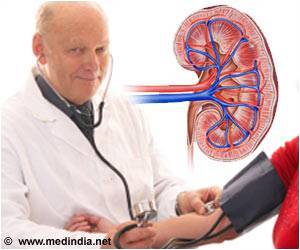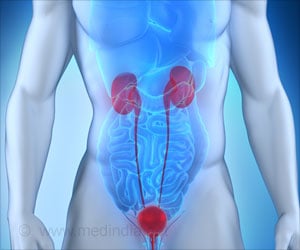Blood pressure is measured in millimeters of mercury (mm Hg). Systolic blood pressure refers to the pressure in the arteries when the heart beats.

‘High blood pressure, or hypertension, is a leading risk factor for heart disease, stroke, kidney failure and other health problems.’





"When the treatment goal was lowered to a maximum of 120 mmHG, there was a huge reduction in mortality," said Dr. Kramer, the study's first author. "Few other medical interventions have such a large effect." Dr. Kramer is an associate professor in the Department of Public Health Sciences and in the Division of Nephrology and Hypertension in the Department of Medicine of Loyola University Chicago Stritch School of Medicine.
To determine whether intensive treatment to lower systolic blood pressure could alter mortality, Dr. Kramer and colleagues applied findings from a multicenter study called SPRINT to the U.S. adult population. (SPRINT stands for Systolic Blood Pressure Intervention Trial.)
Loyola University Medical Center was among the centers that enrolled patients in the SPRINT trial, which included more than 9,350 adults ages 50 and older who had high blood pressure and were at high risk for cardiovascular disease. The SPRINT trial found there was a 27 percent reduction in mortality from all causes when systolic blood pressure was lowered to below 120 mm Hg, compared to the standard care of lowering blood pressure to below 140 mm Hg.
While saving lives, an intensive blood pressure regimen also would cause serious side effects. The study by Dr. Kramer and colleagues estimated that approximately 55,500 more episodes of low blood pressure, 33,300 more episodes of fainting and 44,400 additional electrolyte disorders would occur annually with implementation of intensive systolic blood pressure lowering in U.S. adults who meet SPRINT criteria. Most of these effects are not expected to have lasting consequences and are reversible by lowering blood pressure medications, Dr. Kramer said.
Advertisement
In the SPRINT study, patients who were treated to achieve a standard target of less than 140 mm Hg received an average of two different blood pressure medications. The group treated to achieve a target of less than 120 mm Hg received an average of three medications. (The study excluded certain patients, including diabetics and smokers.)
Advertisement
Source-Eurekalert















